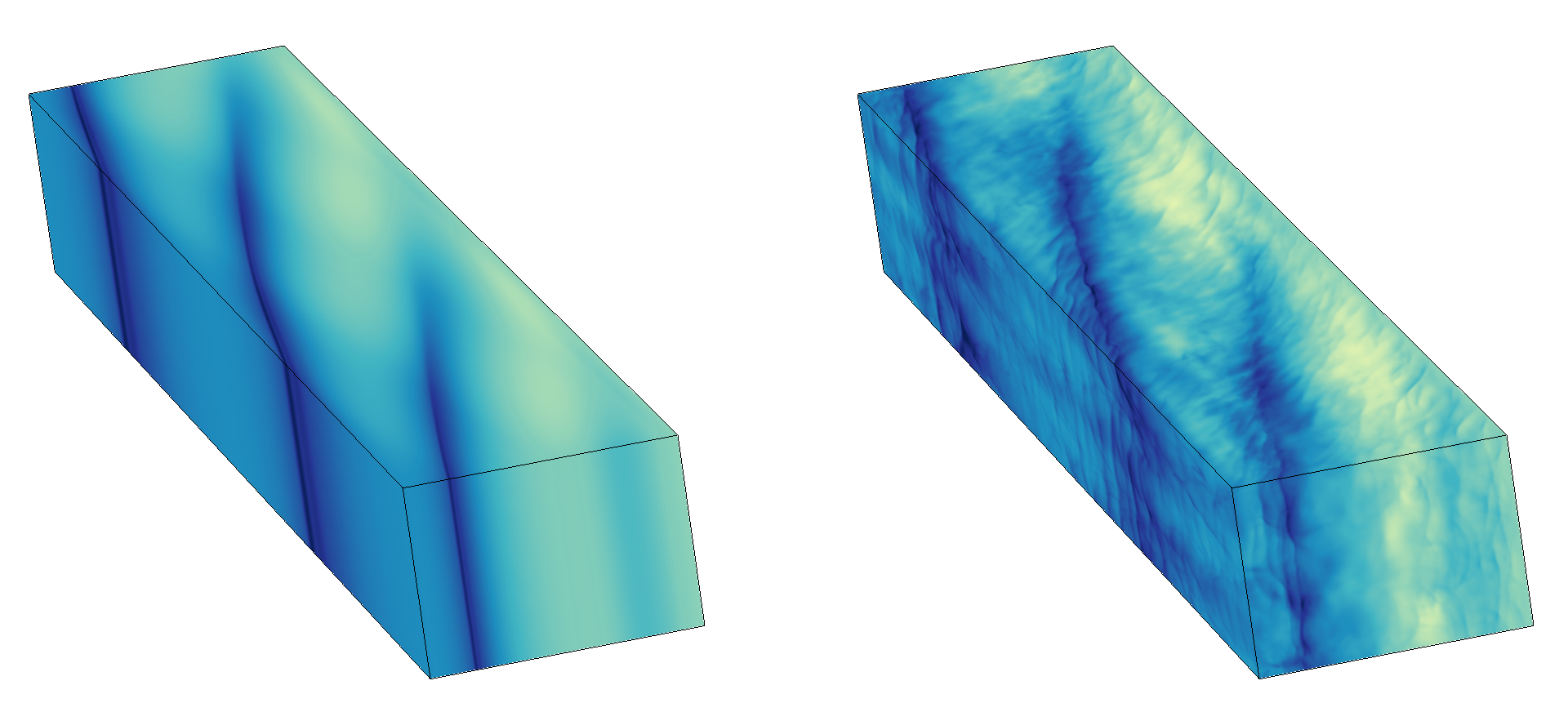Spiral waves, driven for instance by a planet or gravitational instability, can become unstable through an instability, enhancing the level of turbulence in the disk. The mechanism of this spiral wave instability (SWI) can be a bit technical, but let me try explain this. Let’s imagine a perfectly axisymmetric protoplanetary disk (or more generally any rotating system). Every single part of it, for example a gas molecule, will draw a perfect circle, orbiting around the central star. However, the nature is not set up in this way. Density/temperature along any circular orbit will vary, even at a very small level. When a gas molecule encounters such a variation its orbit will depart from a perfect circle. Thanks to the Coriolis force though, which acts as restoring forces, the molecule does not move to a random place in the disk, but instead it draws a circle around its original circular orbit. This motion is called epicyclic oscillations.
When there exists a periodic perturbation to epicyclic oscillations, such as spiral waves, it can amplify the epicyclic motion. It’s like you are on a swing and someone else is pushing you from behind “periodically”. When such periodic perturbation continues, the epicyclic motion grows strong enough to destruct the perturbing spiral waves. See the figure below where I show two-armed spirals before and after the SWI dissipates the spiral arms — see also an animated version of this figure here.

related articles:
The Spiral Wave Instability Induced by a Giant Planet. I. Particle Stirring in the Inner Regions of Protoplanetary Disks
Self-destructing Spiral Waves: Global Simulations of a Spiral-wave Instability in Accretion Disks
